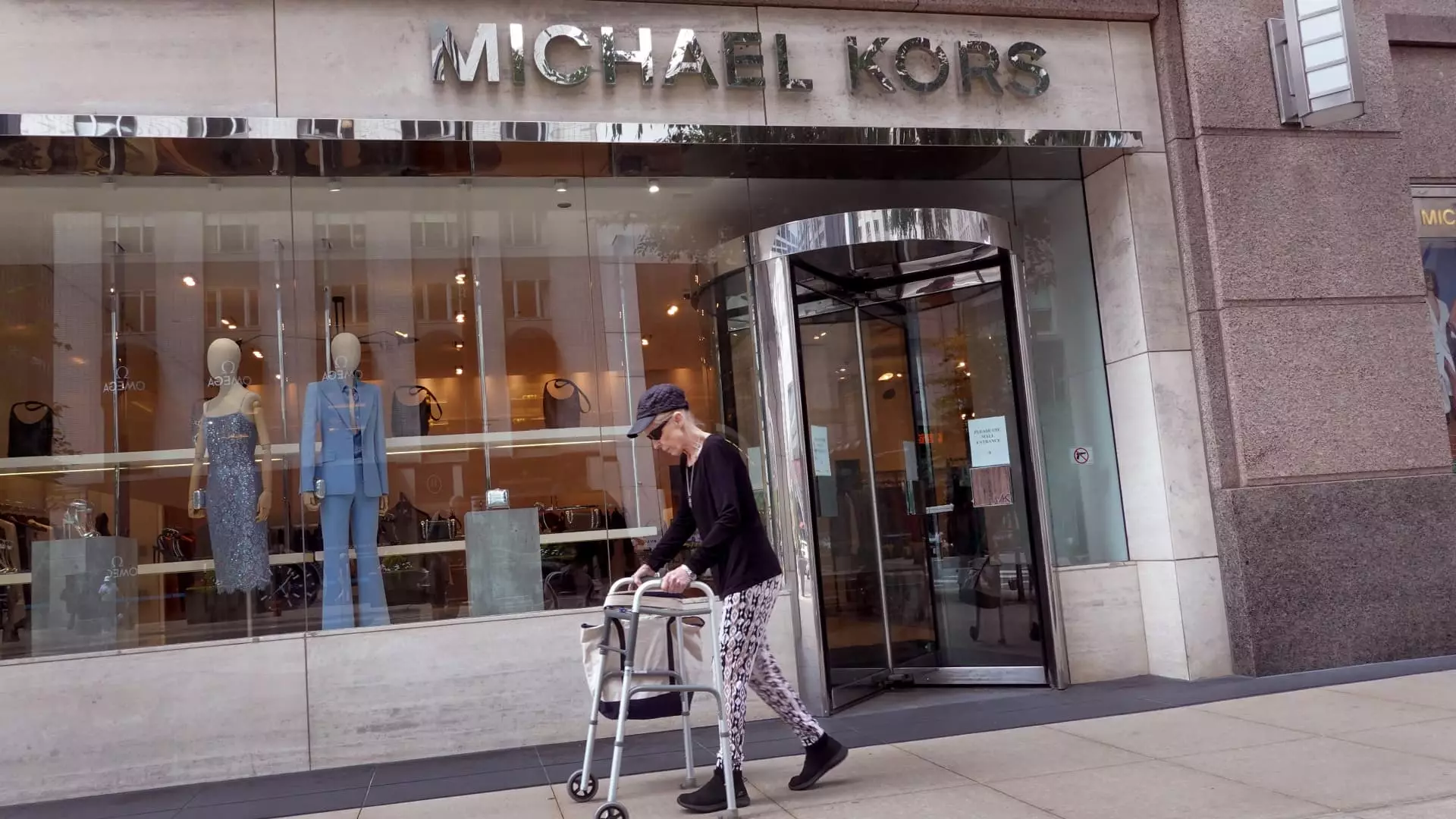The recent termination of the proposed merger between Capri Holdings and Tapestry Inc. represents a significant moment in the luxury retail sector, highlighting both the regulatory scrutiny that large deals face and the adaptive strategies companies must consider in an evolving marketplace. Announced initially in August 2023, this $8.5 billion merger sought to consolidate the power of two of America’s most prominent luxury brands, aligning Tapestry’s Coach, Kate Spade, and Stuart Weitzman with Capri’s Versace, Jimmy Choo, and Michael Kors. However, the deal was unceremoniously called off following legal challenges from the Federal Trade Commission (FTC), which expressed concerns about reduced competition and its negative impact on consumers and employees within these leading fashion houses.
The FTC’s involvement in this scenario underscores a growing trend towards stringent regulatory oversight of mergers, particularly in sectors where consumer choices and fair competition are at stake. Their lawsuit, initiated in April, aimed to prevent a significant consolidation within the luxury apparel landscape, arguing that such a merger could stifle innovation and diminish the quality of offerings available to consumers. This legal battle culminated in a federal court ruling that favored the FTC, ultimately prompting Tapestry and Capri to mutually agree to terminate the merger. With the expiration of the merger agreement looming in February, it became evident that regulatory approval was improbable.
The implications of the court ruling were immediate and dramatic; Capri’s stock plummeted, losing nearly 50% of its value in the wake of the announcement, while Tapestry saw an initial increase of approximately 10%. This divergence highlights the investor sentiment regarding the relative strengths and weaknesses of the two companies moving forward.
In the aftermath of this aborted merger, both companies are now tasked with reassessing their strategies for growth. Capri’s CEO, John Idol, articulated a renewed focus on the distinct identities and potential of their luxury brands. He emphasized confidence in Capri’s future growth, indicating plans to implement strategic initiatives aimed at revitalizing its primary brand, Michael Kors, which has faced significant sales slumps over recent months. Idol’s insistence on improving brand desirability through compelling products and customer engagement underlines a broader trend in luxury retail where emotional connections and unique experiences take precedence over mere product sales.
Conversely, Tapestry has declared its intention to streamline and enhance its own trajectory independent of Capri. Tapestry’s CEO, Joanne Crevoiserat, revealed plans for a $2 billion share repurchase program, showcasing a commitment to shareholder value while pivoting back to core business operations. This move suggests that Tapestry is confident in its organic growth strategy, favoring internal expansion over external alliances, particularly in the face of mounting skepticism from analysts regarding the merger’s viability.
As both companies navigate their respective futures, the luxury retail sector must also respond to the implications of this merger’s cancellation. Observers have noted that wall street analysts had increasingly expressed doubts about the proposed acquisition, indicating that perceptions of overvaluation and a general decline in Capri’s business performance influenced sentiments in the market. Tapestry’s ability to effectuate a robust recovery while Capri works to rejuvenate its brand signals a dynamic market landscape that could lead to diverse opportunities for consumers.
This scenario also raises questions about the sustainability of luxury brands in an economic climate marked by uncertainty. In an era where consumer preferences are rapidly evolving, brands that leverage innovation and agile operations will likely dominate the market.
Ultimately, the cancellation of the Capri and Tapestry merger serves as a stark reminder of the complexities inherent in corporate mergers and acquisitions. It sheds light on the necessity for luxury brands to adapt strategically and creatively, focusing on long-term brand health rather than short-term transactional success. The implications for both Capri and Tapestry will unfold in the months to come, shaping the future landscape of luxury retail in ways that may either reestablish them as industry leaders or relegate them to a struggle for relevance in an increasingly competitive market.


Leave a Reply